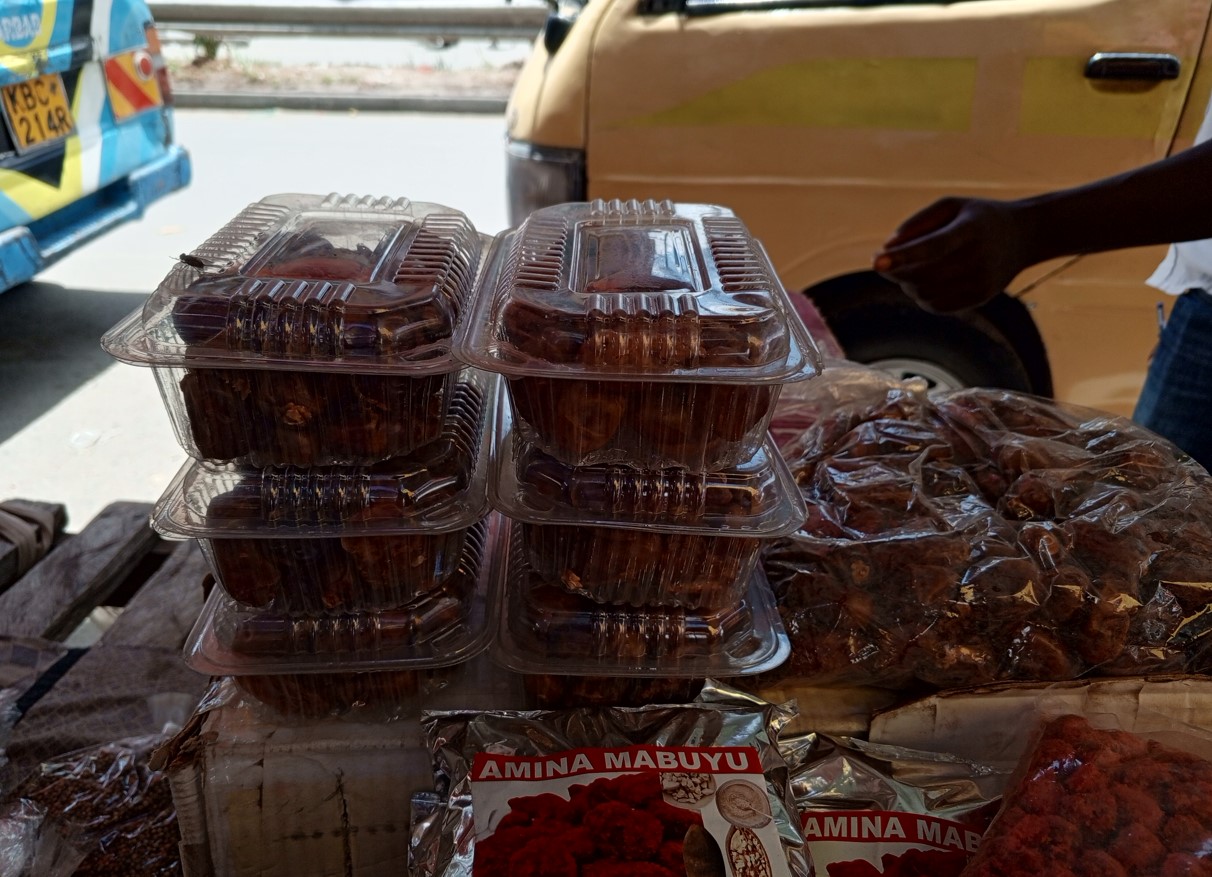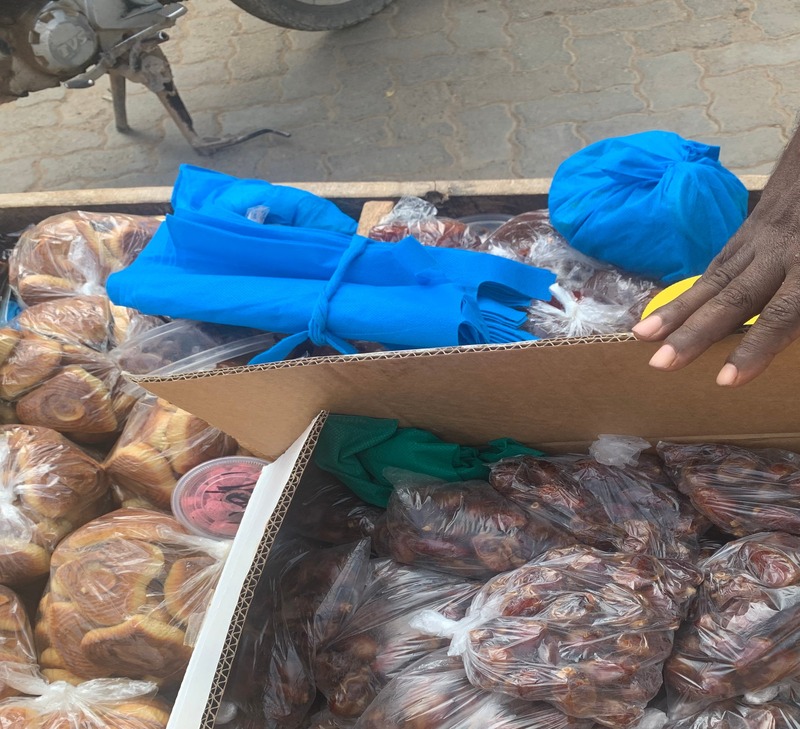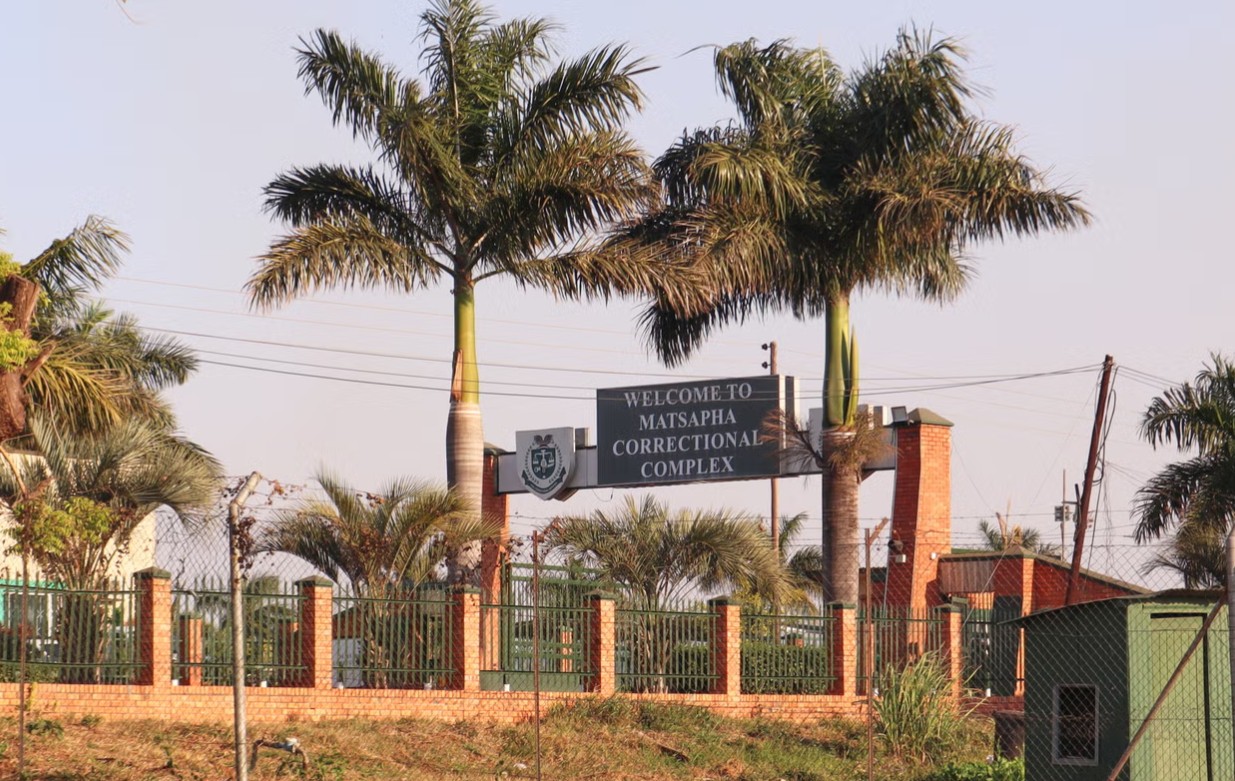From desert to dessert: The journey of dates to Kenyan tables

The story of dates begins in ancient Mesopotamia and Egypt, where they were cultivated along the banks of the Tigris and Nile rivers. Back then, dates were more than just food—they were currency, sustenance, and even sacred offerings.
Dates have been around for over 6,000 years, and treasured by many, but have you ever stopped to wonder how that tiny, wrinkled fruit found its way into your dessert bowl?
The journey of a date is nothing short of fascinating: a blend of ancient farming, modern technology, and a whole lot of sweet science.
More To Read
- Eid-ul-Fitr and Eid-ul-Adha: The two major Muslim holidays and what they mean
- Why Muslims are still fasting despite Ramadan ending
- Vibrant atmosphere as Eastleigh comes alive as Ramadan draws to a close
- Eid ul-Fitr in Gaza shadowed by bleakness as Israeli bombardment continues
- In Pictures: Muslims countrywide celebrate Eid-ul-Fitr to mark end of Ramadan
- Dressed in celebration: How Muslims embrace tradition through Eid attire
Today, the Eastleigh Voice peels back the layers of this fruit to uncover the hidden process that gets it from palm tree to a plate.
The story of dates begins in ancient Mesopotamia and Egypt, where they were cultivated along the banks of the Tigris and Nile rivers. Back then, dates were more than just food—they were currency, sustenance, and even sacred offerings.
“Dates were like the energy bars of the old world,” says Dr Zubair Hassan, a food historian, speaking to Process World. “They were small, non-perishable, and packed with enough sugar and fibre to keep travellers going for days in the desert.”
In Islamic tradition, dates are famously used to break fast during Ramadan, where dates are sold by the kilo in open-air markets.
How they are grown
While local date farming in Kenya remains largely underdeveloped, it holds tremendous potential. With growing concerns around climate change, food security, and sustainable livelihoods, the date palm stands out as a high-value, drought-resistant crop that can thrive where many others fail, particularly in Kenya’s arid and semi-arid regions such as Turkana, Garissa, Tana River, Mandera, and parts of Kitui.
These areas experience hot, dry climates and have sandy, well-drained soils, making them ideal for date palm cultivation.
However, despite this natural advantage, most of the dates available in Kenya today are still imported from traditional date-producing countries such as Saudi Arabia, Tunisia, Egypt, and Iran, where date palms have been cultivated for centuries.
Imported varieties such as Medjool, Deglet Noor, and Ajwa are especially popular during Ramadan and Eid, but are also gaining year-round popularity among health-conscious consumers as natural, energy-rich snacks.
 Dates being sold in the streets of Garissa town. (Issa Hussein)
Dates being sold in the streets of Garissa town. (Issa Hussein)
Between August and December, skilled farmers climb tall palm trees, some reaching over 20 feet, using ropes, harnesses, and years of inherited experience. Each palm can yield 50–100 kg of fruit per season, depending on the variety and climate.
On large farms, mechanical shakers are used to gently shake the trees, causing ripe dates to fall into nets. Farmers then sort them according to ripeness: Khalal – firm, crunchy, Rutab – soft, juicy and Tamar – fully ripened and naturally dried.
It is the Tamar stage that gives you the chewy, caramel-like dates you buy at the shop.
From farm to factory
Once harvested, the clock starts ticking. Fresh dates are high in moisture, which makes them prone to spoiling if left out too long, especially in the desert heat.
They are quickly transported to processing plants, where the first step is a thorough wash using high-pressure water jets or soaking tanks. Think of it as a fruit version of a local car wash, only far more hygienic.
After washing, the dates go through optical sorters that scan each one for size, colour, and defects.
“You’d be surprised how advanced some of these factories are,” says Grace Waiguru, an importer based in Dubai. “Some plants can process five tonnes of dates per hour and all without bruising a single fruit.”
Depending on moisture content, dates are either sun-dried the traditional way, or placed in climate-controlled drying rooms where warm air circulates evenly.
Processing and packing stage
After drying, most dates are pitted by machine, though premium brands still do this by hand to keep the shape intact. From here, some dates are chopped into bits for cereals or baking, while others are turned into paste, syrup, or even compressed into date blocks for protein bars.
One of the biggest misconceptions is that dates are “processed” or “artificially sweetened.”
“Dates are naturally sweet. They don’t need any sugar added,” says Wincate Wangari, a nutritionist. “In fact, they’re a great substitute for refined sugar in tea, smoothies, or uji.”
After processing, dates are vacuum-sealed or nitrogen-packed to extend shelf life. No preservatives required.
Kenya imports hundreds of tonnes of dates annually, especially during Ramadan and Eid. But consumption is increasingly growing beyond religious festivals.
Health-conscious Kenyans are now turning to dates as part of clean eating trends, with more people ditching sugary snacks for natural alternatives.
“We’re seeing increased demand in upmarket areas like Karen, Westlands, and even Kisumu,” says Faith Kiragu, a buyer for a local supermarket chain. “People are baking with dates, blending them into smoothies, and even stuffing them with nuts as a snack.”
At Nairobi’s City Market, you’ll find everything from Ajwa and Medjool to Deglet Noor, each with its own unique taste and texture. A kilo can range from Sh300 to over Sh1,200, depending on quality and origin.
Sweet, healthy, and sustainable
Beyond their great taste, dates are loaded with potassium, magnesium, iron, and dietary fibre. They are naturally cholesterol-free and contain antioxidants that support heart health.
And because they grow well in arid climates, date palms are often part of sustainable agriculture programmes in regions facing water scarcity.
So, the next time you pop a date into your mouth, whether during iftar, with your mid-morning chai, or baked into a banana loaf, remember that one bite has travelled thousands of kilometres, survived extreme heat, and been handled with care.
Top Stories Today












































